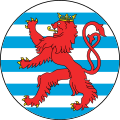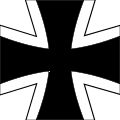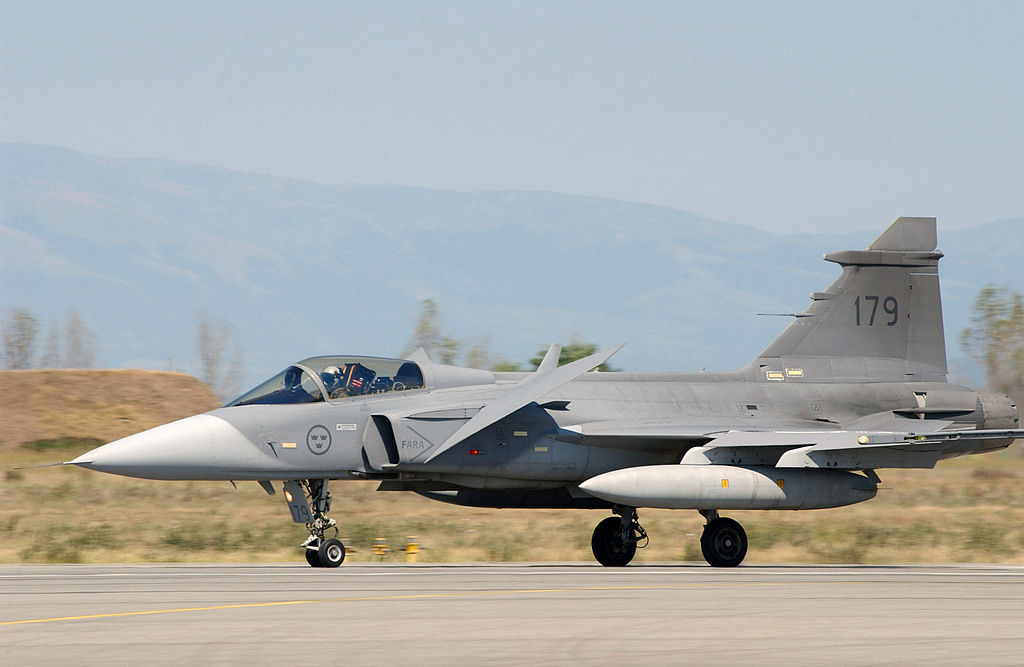The armed forces of most contemporary (coastal) states typically consist of three branches, namely that army, navy and air force. Of these three branches, the army and navy are usually the oldest, with the air force being a 20th century addition. Thus, air forces adopted various naval elements into their organisation and culture, probably by virtue of their utilisation of “craft” which bear a nominal similarity to “ships”. As such, air force ranks commonly mirror their naval counterparts, as well as organisational parlance such as “squadron” or “air fleet”. Moreover, unlike the army, of which the backbone is traditionally the infantry, navies and air forces are primarily dependent upon their respective crafts (whether aircraft or ships) in the fulfillment of their duties. Needless to say, the identification of such craft is therefore a vital component of commanding and conducting military operations that involve aircraft or seagoing vessels. Since time immemorial, ships have employed flags as a primary means of identification, notable among which are naval ensigns that serve as alternate national flags. However, for obvious reasons, the use of flags on aircraft is unfeasible.
The lack of high visibility identification on early military aircraft immediately presented a problem during the opening months of WWI, which was the first conflict in which aircraft played a significant role. Naturally, it was impossible for troops on the ground to accurately identify airplanes belonging to either friend or foe (not least because aircraft bore no markings at all during that stage) which resulted in indiscriminate ground-fire from troops. At the beginning of the War, only the French Aeronotique Militaire had adopted standardised aircraft markings, specifying their precise shape size and colour (with Romania also adopting a roundel shortly afterward). The emblem they chose was a roundel in the colours of the French national flag, the Tricolore, in blue, white and red, which hearkened back to the cockades worn by infantry during the Napoleonic wars.

A WWI French Nieuport biplane with the roundel markings clearly visible on both sets of wings.

An example of an infantry shako sporting the French national cockade (circa 1815)
In late 1914 the Royal Flying Corps (predecessor of the RAF) followed the example of their French Allies and adopted red, white and blue circles that reversed the French roundels order of colours and established the emblem which (in differing forms) has distinguished British military aircraft for the past century. Of course, in the case of the RAF the colours reflect those of the Union flag. Prior to following the French in adopting a roundel, the British has painted the undersides of their aircraft fuselages with the Union Jack. This proved to be a short-lived practice, since at altitude its design was often confused by ground troops for the German Iron Cross.
Many pilots were sceptical about the adoption of roundels, given the similarity of its design with that of a bullseye. They argued that adorning one’s plane with targets for the enemy to aim at was no way to stay alive in the air. Nevertheless, with the progression of the 20th century and the rapid emergence of air forces across the world, roundels became established and standardised as a primary form of aircraft insignia. Given their widespread adoption, roundels exhibit an interesting variety in design. Many European states, who were among the first to establish air forces, copied the French and British approach in their roundels, by including the prominent colours of the national flag in concentric bands:

Belgian Air Component

Royal Danish Air Force

Italian Air Force

Romanian Air Force
Other states have opted to exhibit their national colours, but through non-circular designs. Such designs are often chosen when two or more countries share the same primary colours:

Irish Air Corps

Indian Air Force

Royal Netherlands Air Force

Royal Air Force
Several air forces display national symbols in a circular roundel, rather than geometric shapes:

Singapore Air Force

South African Air Force

Luxembourg Army Air Component

Swedish Air Force
Some have adopted non-circular roundels, such as the German Luftwaffe which has traditionally used a stylised version of the Iron Cross as its emblem. The German roundel pictured below is that of the current Luftwaffe of the Bundeswehr, and should not be confused with that of the Wehrmacht, which was technically a Balkenkreuz (bar cross) with straight flanks.

Mexican Air Force

Indonesian Air Force

Brazilian Air Force

German Luftwaffe
Another widely used design emerged in WWII when the U.S. Army Air Forces (the precursor to the USAF) adopted a circular emblem flanked by bars in 1943. The rationale behind the design was that shapes are more easily identifiable over long distances than colours, and at there was confusion between the roundels of U.S. and Japanese aircraft in the Pacific Theatre. At that stage the U.S. was using a white star with a red centre disk against a blue background. The removal of the red centre disc and the addition of two bars served to eliminate any similarities in both shape and colour to the markings (Hinomaru) used by the Imperial Japanese Air Force.

United States Air Force

Republic of Korea Air Force

Panamanian Public Forces National Air Service

National Air Force of Venezuela
Apart from fulfilling its original military purpose, since the 1960s the RAF roundel has been assimilated into the popular consciousness through pop art and Mod culture. Furthermore, a surprising number of recognisable and high-value brands also use logos that resemble roundels, for example Lucky Strike, Target, Pepsi, LG, Texaco, Tide, the London Underground and BMW.

One of the most influential bands of the 60s, The Who, adopted the RAF roundel as their logo. The band was at the forefront of Mod culture during its heyday.

BMW stands for Bayerische Motoren Werke and its roundel shows the checkered colours of the Bavarian flag from whence the company originates. The logo has been portrayed as the movement of an aircraft propeller with the white blades cutting through a blue sky, alluding to BWM’s original business of manufacturing aircraft engines.
The contemporary role of roundels in military aviation is largely redundant, owing to the supersonic speeds of fighter aircraft and the fact that enemy aircraft are now targeted by radar and infrared homing missiles far beyond the pilot’s line of sight. As a result, most air forces now use so-called “low visibility” markings , not for visual camouflage but primarily for the purpose of avoiding missiles that target infrared signatures. These low visibility markings are applied in low-infrared paints and coatings used to cover the entire fuselage that deter the conversion of heat (both from engines and the rays of the sun) into infrared radiation.

Note the low-visibility roundel below the cockpit on this Swedish JAS 39 Gripen.
Pingback: The aircraft of the Imperial War Museum Duxford | anapophist